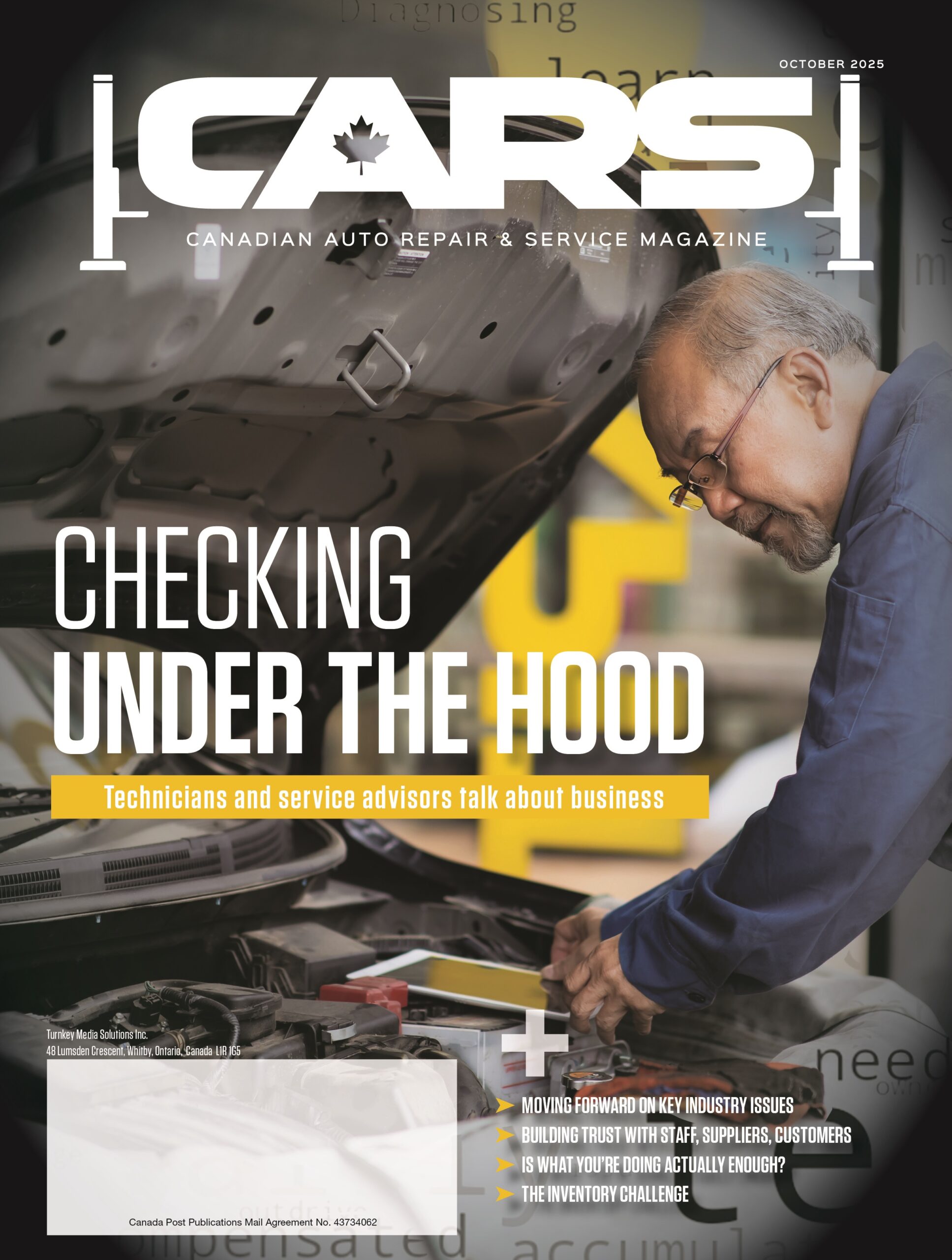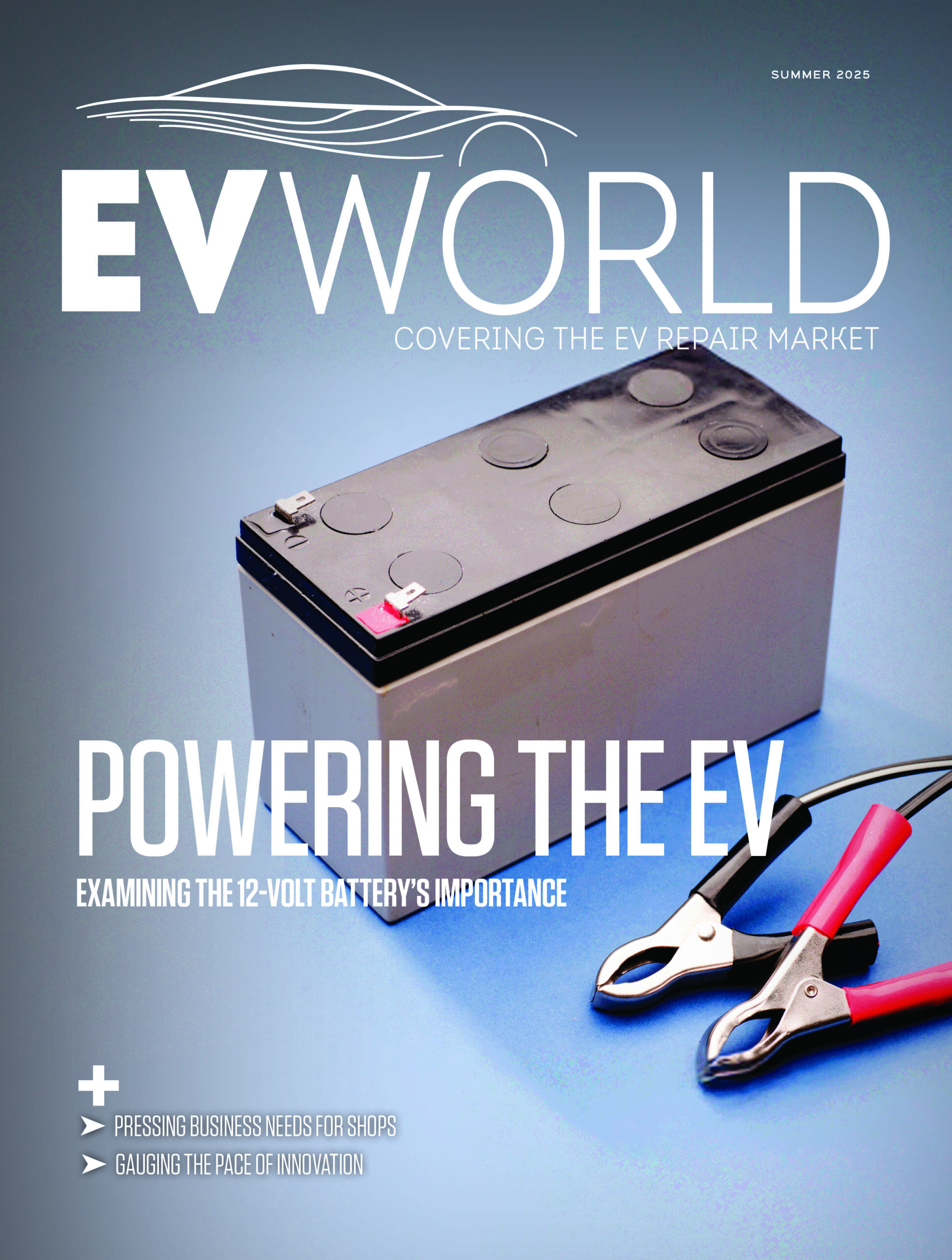
By the end of October, any Ontario shop that collects used tires when they sell new ones must register with a new regulating group – the Resource Productivity and Recovery Authority (RPRA), which takes the place of the closing Ontario Tire Stewardship program.
“If you collect used tires, you must register as a collector,” RPRA’s registrar Patrick Moran told a roomful of industry players at the recent Tire Dealer Association of Canada (TDAC) conference in Toronto. “It won’t cost you. There’s no registration fee for collectors. But you need to be in the system.”
Administration and enforcement fees will be paid to RPRA by tire producers, importers, haulers, recyclers, and the agencies that facilitate recovery efforts. The actual cost of dealing with the scrap tires will be borne by industry, rather than a government agency.
The other big change for service shops and tire dealers is that if they choose to break out the disposal handling fee as a separate line item on their bills of sale, they must clearly state who is responsible for imposing the charge, and how the charge will be used to collect, reduce, reuse, recycle, and recover tires. Furthermore, they’ll have to submit an annual report to RPRA, essentially a self-audit, that reflects how much was collected and to whom it was remitted.
“Separating out that cost is a matter of transparency. If you advertise the fee as a separate price, you have to explain it and audit it. If the tire handling fees are included in the price of the tire or vehicle, these obligations do not apply,” Moran said. “So whether to make tire handling fees visible to consumers is entirely a business decision.”
The key message for tire dealers, he said, is that RPRA will not function like the Ontario Tire Stewardship program, which managed millions of dollars in fees spending the bulk on tire disposal costs.
“We’re a straight-up regulator,” he said. “We’re not going to be contracting with producers the way OTS did. We’re not going to be contracting with service providers and haulers like OTS did. And we’re not going to be enforcing contract terms like OTS did,” he said. “We’re not collecting money from producers to pay service providers. We’re not paying incentives. We’re just regulating a marketplace.”

According to Usman Valiante, director of environmental affairs for the Ontario Tire Dealers Association, tires are just the first product whose end-of-life routine will be governed by new regulations in that province. The Resource Recovery and Circular Economy Act, which passed with multi-party support in 2016, will eventually be expanded to cover other product categories.
“The new legislation is designed to create what is called a circular economy,” Valiante said, “directing products and packaging away from traditional waste streams and toward recycling, reclamation, and recovery.”
Under the new system, there will be mandatory collection targets for individual producers (or importers), ensuring that end-of-life tires are properly recovered.
Those targets are intended to ensure none are disposed of illegally, to be blight on the environment, and a potential flaming problem.













Leave a Reply